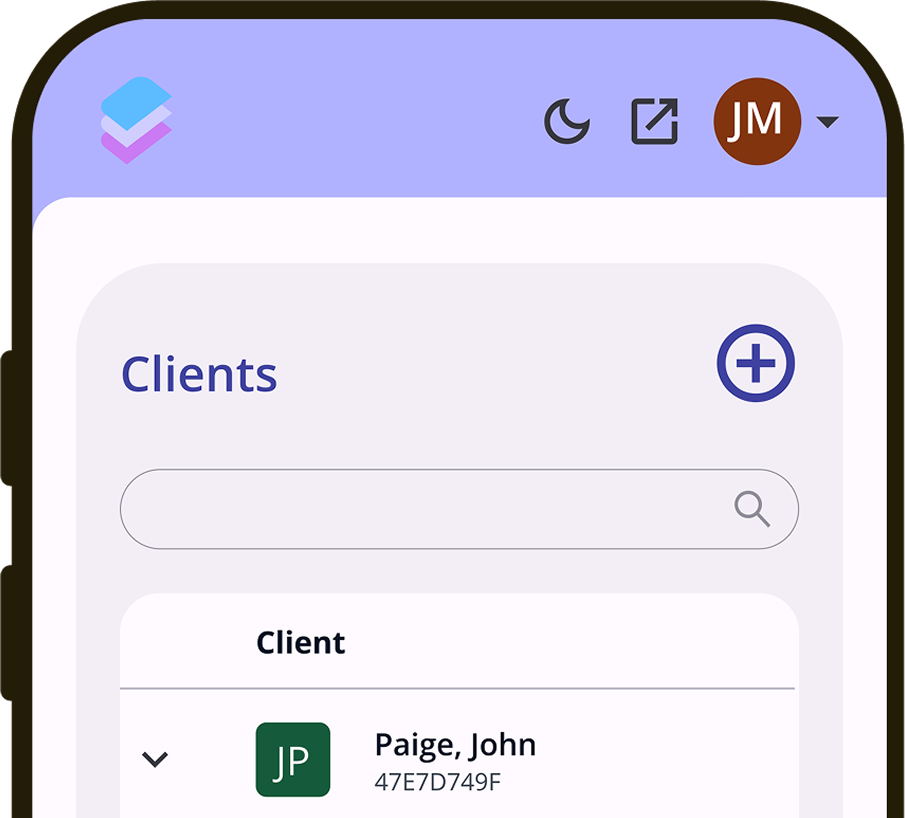Going Beyond the VI-SPDAT: Using Clarity to Create a Custom Assessment

In late 2020, OrgCode announced that it would be phasing out the VI-SPDAT. Over time, the prominent usage of the VI-SPDAT as an assessment tool has been debated. Is it helping communities accomplish their goals? Is it an effective assessment tool? This four-part blog series will discuss the circumstances surrounding the decision to phase out the VI-SPDAT and what it looks like to go above and beyond this tool. In Part 3, we talked about Southern Nevada’s custom assessment rollout. In this fourth and final installment, we will go into how you can build your own custom assessment in Clarity Human Services.
Part 4: Using Clarity to Create a Custom Assessment
Southern Nevada’s success in creating their assessment came from a singular goal: They wanted to develop a solution that considered all aspects of their users and community. With so many variables affecting the field—environmental and economic conditions, social issues, and more—they valued having the control that would enable them to provide services and allocate resources based on their experience and expertise. That’s something the VI-SPDAT, as outlined in Part 1 of this series, just couldn’t offer.
In creating the CHAT, Southern Nevada laid the groundwork for other communities to follow. You too can implement a custom assessment —with relative ease. Clarity Human Services, Bitfocus’ Homeless Management Information System offering, is built on the concept of putting people first, users and clients alike.
Equipped with top-of-the-line features and functionality, Clarity enables you to get right to work building out the custom assessment you have worked so hard to develop.
Customize Your Fields
It starts with custom fields, where the VI-SPDAT fell short in two key areas. The first was in the information the assessment collected, or the lack thereof. Some of it was either irrelevant to certain communities or failed to adequately address local concerns—consider how the desert climate and the presence of gambling impacted the population experiencing homelessness in Southern Nevada, two characteristics unique to the region. The second was in how the assessment stated questions. The VI-SPDAT didn’t take into account that clients from across demographics might process questions and information differently.
Clarity addresses these shortcomings by enabling you to create your own fields. Administrators have access to 12 field types that can all be customized (in addition to fields mandated per HMIS Data Standards). Build as many custom fields as you need, and attach them to screens and templates. This allows you to track information that’s important to your community and present it in a way that makes it more likely that clients will respond accurately.
The editing process is intuitive. You can make system-wide edits in the Field Editor or make edits within screens. When edited within a screen, those changes will only impact the behavior of the field within that screen.
And each time you create a field, you can toggle on a switch to publish it to the data analysis tool. Toggling this switch on enables you to report on all the custom data fields you build in your system.
Once you have your custom fields built, add them to your assessment with two options:
- You can make copies of system-level assessments and modify them.
- You can start from scratch.
System-level assessments are those that come built into the system. You’ll start with an established base and add customizations as you go, saving you time and energy while still giving you control to develop an assessment tailored to your needs.
Streamline the Client Intake Process
It’s one thing to have custom fields; it’s another to make the most of the customizations.
Once you’re in the assessment, you have the option to configure the fields however needed. Clarity’s features like tooltip text, display constraints, and warning labels guide users and clients alike. They ensure users are collecting data they need and skipping fields that are irrelevant to the client. This minimizes intake time and maximizes data accuracy.
Then there’s the Live Markers capability. Live Markers, which include everything from the client’s age to the number of family members in a household, reference information from a client’s existing record to calculate values in other fields. This prevents the need to re-enter data, making for a more streamlined process, not to mention limiting the stress on the client providing information.
For example, you can use the 'Children' live marker to automatically calculate the number of children in a client's household based on 'Household Members' and 'Date of Birth (to determine the kid's age).' You can then use that live marker as a Display Constraint, such as only allowing a field to display on a screen when a household includes children or is a specific size.
Manage Assessment Scores
With Clarity, every stage of the user and client’s interaction is considered, from intake to placement. System administrators can create custom assessment processors to manage the scoring of their community’s assessments. You assign scores to field responses to set up eligibility criteria to determine which programs a client should be directly referred to.
You can also organize your prioritization in Clarity's Community Queue. The result of this scoring system is a clearer picture for users. You'll be able to assist clients in real-time or set expectations.
Beyond providing immediate help, the assessment templates enable you to track progress using specific variables over time. With Clarity, you won't just collect information; you'll apply it to improve your systems for the future.
Going Beyond the VI-SPAT: Hard Work Pays Off
The lessons from Southern Nevada’s effort to create a custom assessment are numerous, but three stand out: they succeeded by understanding the needs of their community, building a team with clear roles, and developing tools to produce reliable data and get effective results.
That’s important to remember: Getting the most out of any assessment requires serious work.
From assessment creation to maintenance, Clarity Human Services delivers a humanized experience that will enable you to find similar success as Southern Nevada. You can create a custom assessment, minimize intake work, and ensure better data quality. This is how you affect positive change in your community by providing real-time solutions and setting long-term goals.
As we wrap up our Going Beyond the VI-SPDAT series, let’s review some key takeaways:
- Although the VI-SPDAT serves as a fine triage tool, it’s limited when used for assessments. Identify those limits specific to your community as you phase it out.
- Assembling the right assessment creation team—finding dedicated members and including a HUD TA—makes all the difference.
- Have patience and stay diligent. Getting the assessment right is the most important thing.
- Focus on scoring equivalencies across different versions of the assessment tool you create.
- Test the new assessment before rolling it out—then roll it out immediately.
- Take the opportunity to clean up your CES waitlist.
Remember, you’re not alone in this process. Look at the example set by Southern Nevada, and don’t be afraid to ask questions of your HMIS provider. Creating your own custom assessment is hard work, but in the end, it is well worth the effort.
